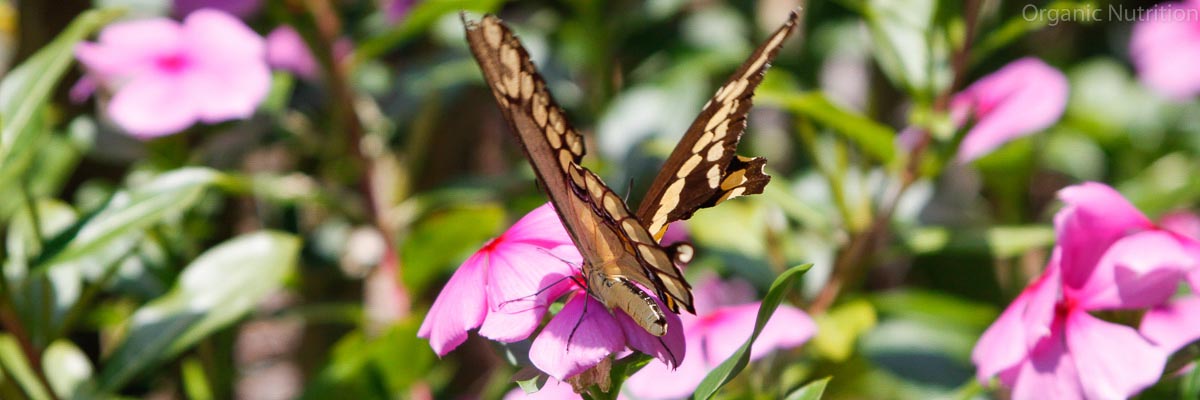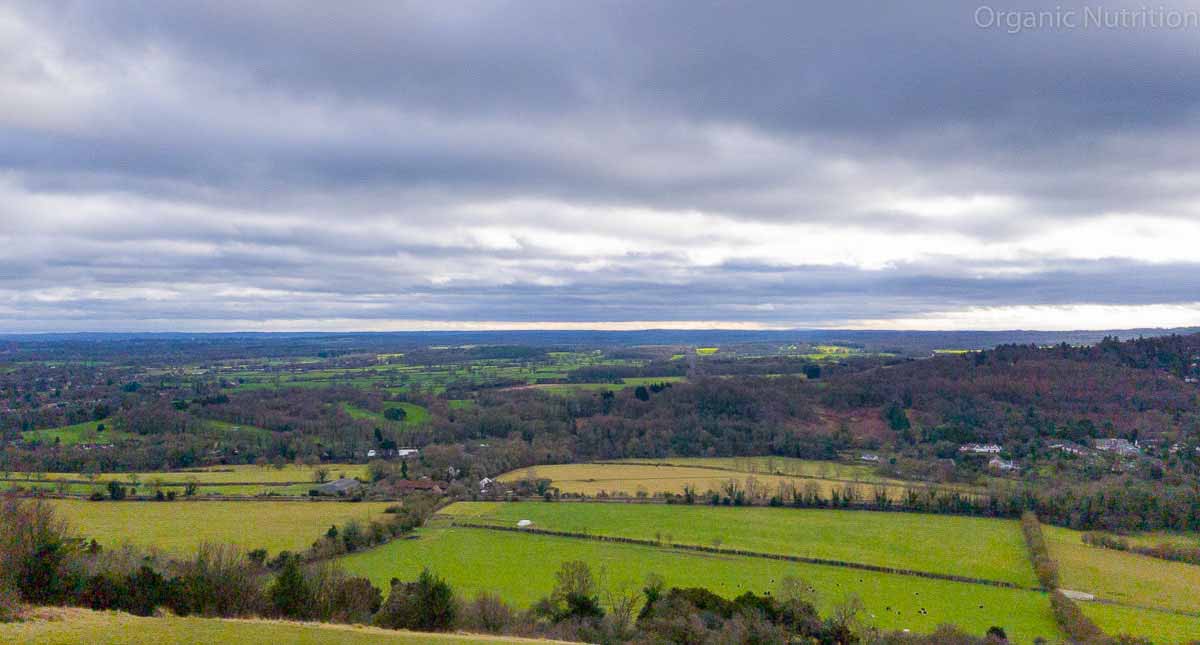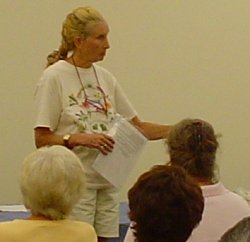What is Cholesterol? - Is it good or bad for you?
Believe it or not, Cholesterol is essential to life. It has been discovered that all humans and animals use a certain amount of cholesterol to make cell walls and the membranes of cell walls.
Cholesterol is a crystalline substance that becomes waxy and fat-like. It is normally made in the body by the liver. The word "cholesterol" itself comes from the Greek word "chole" meaning bile and "steros" meaning solid or stiff.
Our bodies make a certain amount of cholesterol and it is also found in many animal sources such as meat, eggs, cheese & milk.
(Incidentally, cholesterol is often mistakenly spelt as kolesterol or colesterol.)

Where does Cholesterol come from ?
It is estimated that our livers produce approximately 1 gram of cholesterol a day. The cholesterol that is made in the liver is largely used in the production of certain hormones. Under normal circumstances, about 80% of the cholesterol in our bodies is made in the liver and the remaining 20% is taken from the food we eat.
Cholesterol from food is called dietary cholesterol. Dietary cholesterol is found in many animal products such as meats, seafoods, cheese, eggs and is also found in many organ meats such as kidneys, liver and brains.
Cholesterol has many positive functions
- Surprisingly, cholesterol breaks down foods, especially fatty foods! It does this by making bile salts to be released into the digestive tract.
- Good cholesterol helps to build and maintain healthy cell walls.
- It is also necessary in the production of hormones.
- Cholesterol helps to convert sunlight into Vitamin D as it is found in the fat cells under the skin.
There are basically two types of cholesterol
The 2 types of Cholesterol are known as:
- "Good Cholesterol" and
- "Bad Cholesterol"
Let"s start with the good cholesterol.
Due to the fact that cholesterol is waxy and not water-soluble, it doesn't readily dissolve in blood. So in order to move around the body, cholesterol combines with certain proteins to form lipoproteins, which are more soluble and able to enter the bloodstream.
Good Cholesterol
This is also known as HDL Cholesterol or High Density Lipoprotein
This helps to reduce the levels of cholesterol in the blood and transport it back to the liver for processing, breakdown or storage. It is thought that H.D.L. actually protects against atherosclerosis, by rounding up all the bad cholesterol and literally taking it back to the liver.

Foods rich in Good Cholesterol
By eating foods that are high in the good cholesterol or High Density Lipoproteins, it is possible to maintain healthy levels of cholesterol in the blood. Here are some food sources of good cholesterol in the body. These along with others are often regarded as cholesterol lowering foods:
- Fruits such as oranges, lemons, apples, grapes.
- Onions.
- Soluble fibre - such as whole grains, oats and oat bran, brown rice.
- Legumes & lentils.
- Cooking oils such as canola or olive oil. Oils that are high in monounsaturated fats raise the levels of good Cholesterol.
- Fish, cold-pressed flaxseed oil, safflower oil, sunflower oil, dark green vegetables contain Omega 3 oils.
- Soy products such as tofu and tempeh.
"Bad" cholesterol
This is also known as LDL Cholesterol or Low Density Lipoprotein
When we consume a large amount of cholesterol-rich foods in our diet, we can end up with more than the body needs. When this happens the excess cholesterol can start to build up in our arteries and can cause the walls of the arteries to narrow and harden.
Bad Cholesterol rich foods can be harmful if eaten to excess
Some ways to help prevent cholesterol build up is to eat heart-healthy foods such as whole grains and plenty of fresh water. Try to avoid eating large doses of highly processed foods, fatty foods, long-shelf life cakes, pastries, biscuits and high fat foods such as cream and cheese. Here are some others to not overeat:
- Egg yolk
- Liver
- Kidney
- Regular Milk
- Hard cheeses
- Cream
An important thing to realise is that you can have high levels of "bad" cholesterol without appearing to be too overweight.
Cholesterol, Atherosclerosis & High Blood Pressure
Fatty deposits of cholesterol inside artery walls are called cholesterol plaques. As these cholesterol plaques increase in size, they can limit the width of the arteries, forcing the heart to work harder to pump the blood around the body.
A condition known as "atherosclerosis" can result if there is too much cholesterol build-up cause an increase in blood pressure, the likelihood of strokes and an increased chance of heart problems.
Atherosclerosis is a word that comes from the old Greek "arteria" meaning artery and "sclerosis" a hardening of. So it means the hardening and loss of elasticity of arteries, especially large and medium sized ones.

Some of the worst fats are made by a process called Hydrogenation
Hydrogenation is a process that is used to increase the shelf-life of liquid vegetable oils and fats by treating them with hydrogen.
If a liquid fat such as sunflower oil is put through the chemical process called hydrogenation, the oil goes from liquid to solid or semi-solid.
Once hydrogenated, the liquid sunflower oil becomes what is considered to be one of the worst types of fat, a "Trans-fat". Trans in this sense comes from the Latin word meaning "across" and is to do with the chemical process of solidifying the oil.
Turning liquid fats into solid fats does increase the longevity of the food as is the case with margarines, but it also substantially alters the levels of "bad" cholesterol. Hydrogenation is used in the food industry to create longer-lasting margarine and fats that in turn create longer lasting cakes, biscuits, pies and pastries.
Trans-fats can interfere with the body's ability to regulate cholesterol. In many countries it is now part of food law that Food Manufacturing companies have to label the Trans fat content of food. Another name for Trans-fats is "partially hydrogenated oils". Be sure to look on the labels of the food you buy.
Food Sources of Trans-Fats / Hydrogenated Fats
- Biscuits
- Cakes
- Pastries
- Fried foods in some food chains
- Vegetable shortening - used in cooking
- Margarine
- Microwave popcorn
Trans fatty acids are found in many fast foods and French fries, baked goods such as cookies, crackers and cakes. It is advisable to check the labels of the food you buy and read carefully to see if it contains Trans Fats. Most foods now notify consumers what percentage of Trans Fats they contain. It only takes a few seconds to read the label.
Hydrogenation helps to make shortening. Shortening is a solid, flavourless fat product that will keep its form regardless of room temperature, and not puddle or pool like butter or other animal fats do on hot days or in warm rooms. The disadvantage is a health one: the process creates Trans-fatty acids and saturated fat which is bad, and destroys the normal polyunsaturated benefits of the vegetable oil that it started from.
So what can you do?
Eat Cholesterol-rich Foods in Moderation
It is important to eat a well-balanced diet. This should mean not eating cholesterol-rich foods to excess.
Regular, gentle exercise is also recommended as part of a healthy lifestyle as is ensuring that you drink plenty of fresh water daily.
Eating plenty of fresh fruit and vegetables is also advised whether this is in salads or steamed or in fresh juices. Fresh juices contain a high amount of fresh fruit and vegetables, which are a source of anti-oxidants.
Another important factor is ensuring you drink enough water each day.

